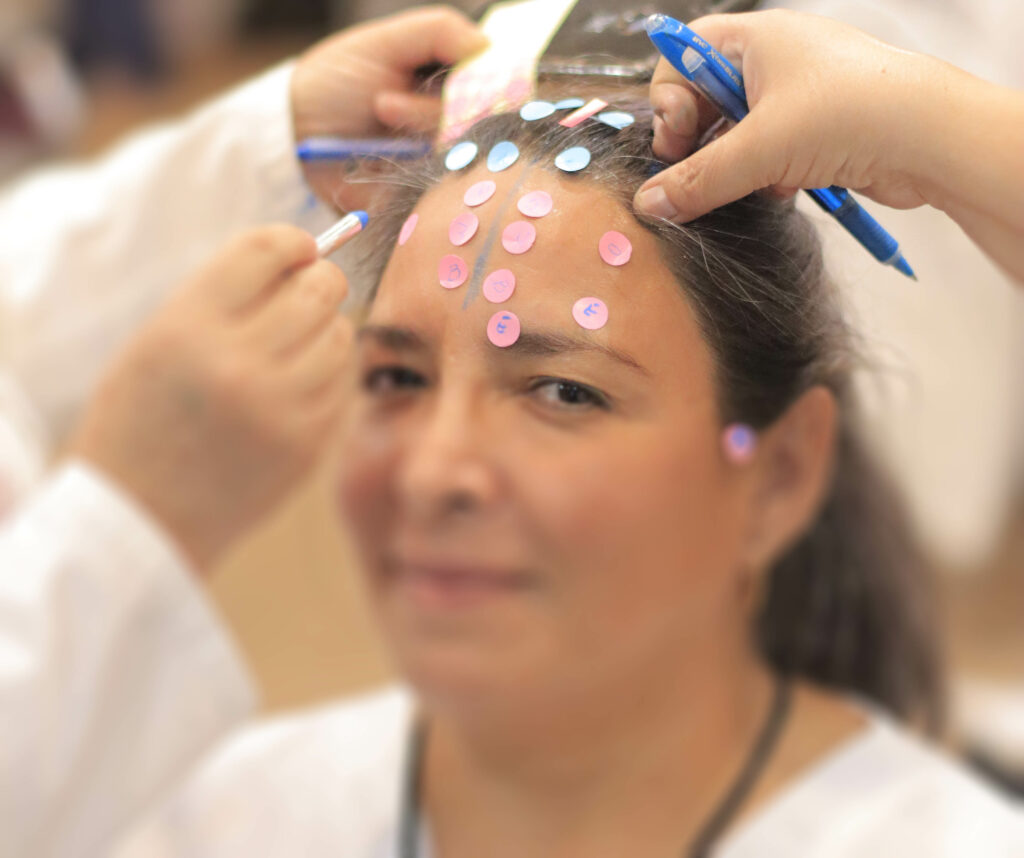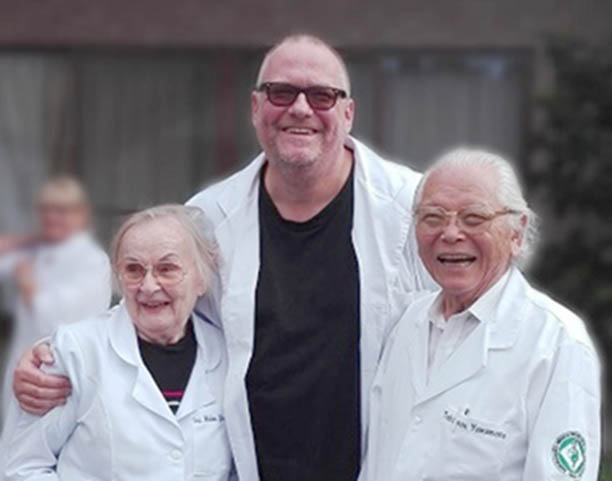THE PROFESSOR
Juan Hahn is an acupuncturist and manual therapist. Trained in multiple natural therapies, he specializes in acupuncture and uses a personal style combining different acupuncture techniques based on synergies between classical trends and more avant-garde acupuncture theories.
After graduating with a degree in Nursing, Juan Hahn pursued the following postgraduate degrees: Pain Management, Prehospital Emergencies, Critical Care, Operating Room and Reanimation.
Juan has worked and completed his education and training in different countries such as Spain, Germany, United Kingdom, Scotland, Portugal, France, Ireland, Italy, Switzeland, Greece, Israel, Mexico, Chile, Peru, China, India, Vietnam, Nepal, Thailand and Japan.


